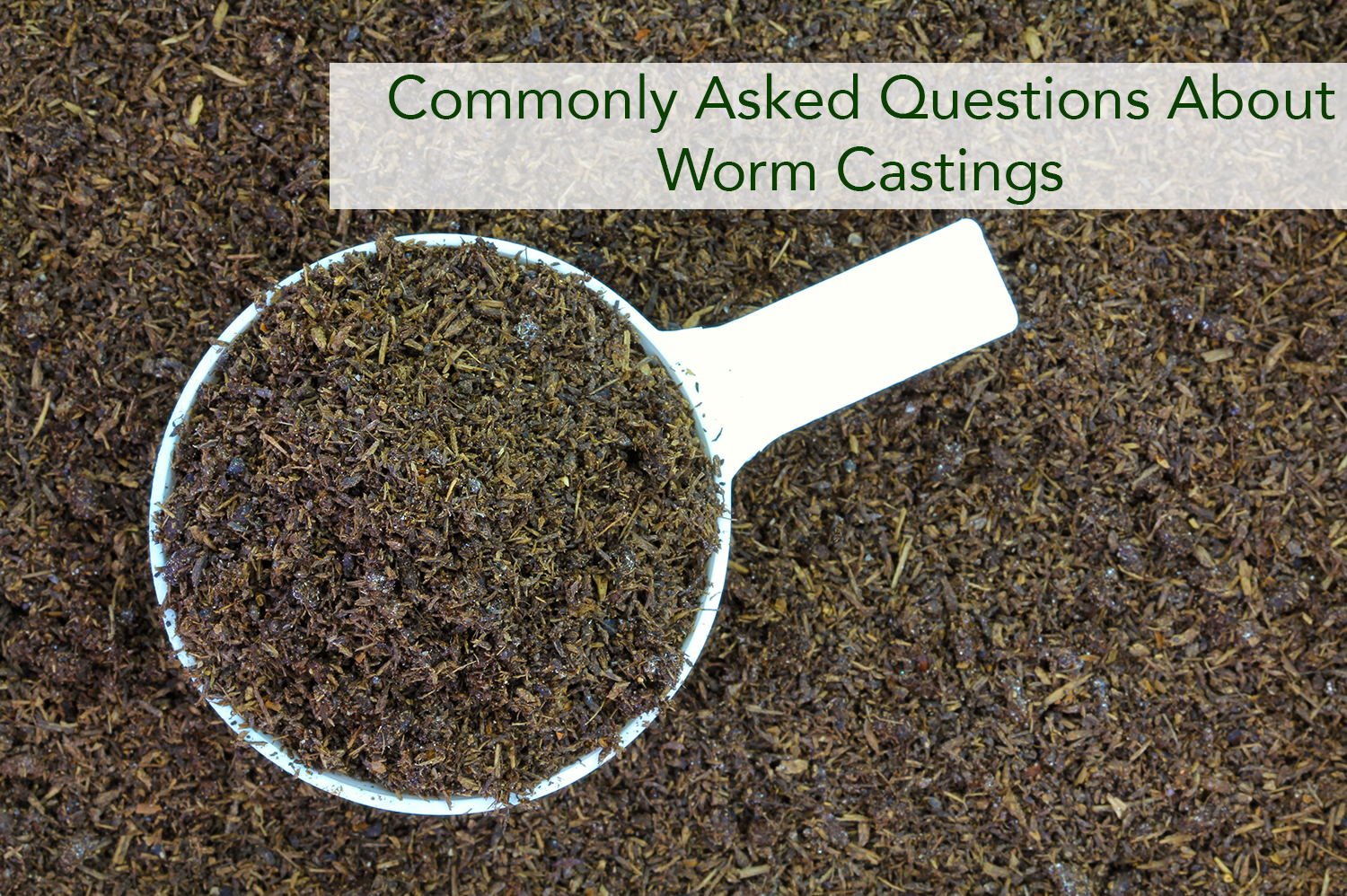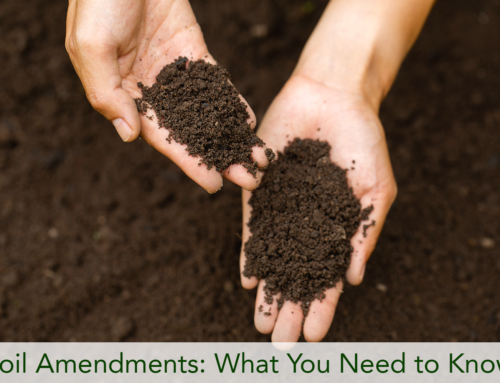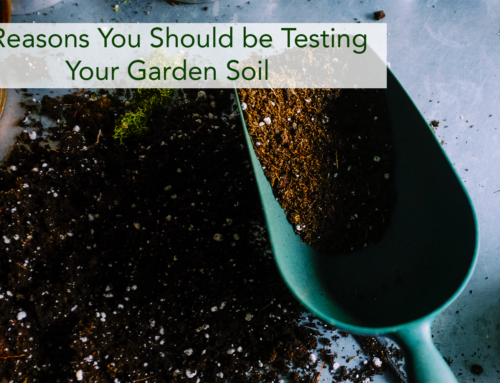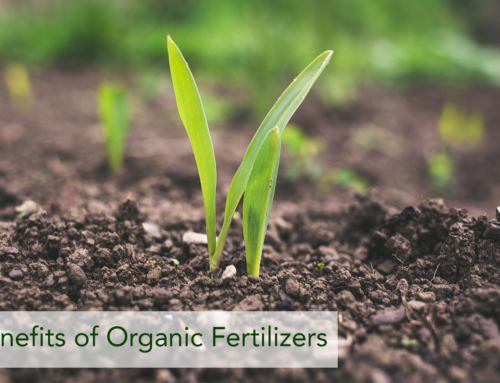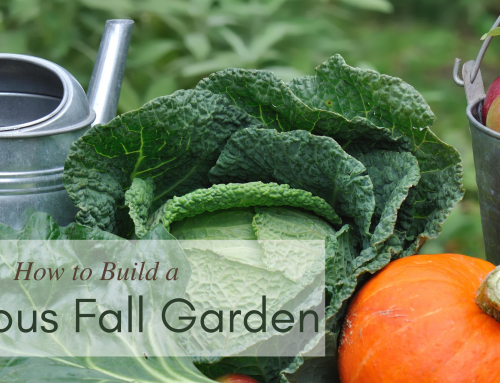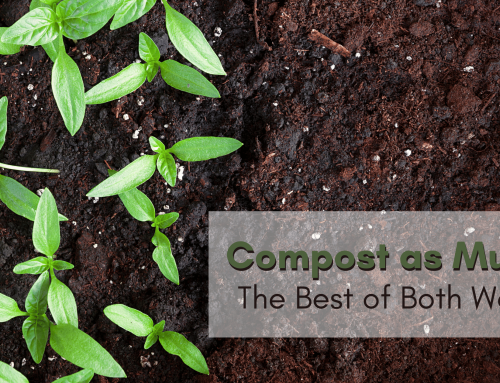Ready to have your questions answered about worm castings? Read on and get the full scoop about this amazing product!
What are Worm Castings?
In short, worm castings are worm poop. However, keeping it short is underselling this product greatly. As worms digest food and other materials, they break down complex nutrients into more bioavailable forms which are found within the castings. These particles improve soil aerations, drainage, and water retention as well as provide valuable nutrients to plants.
How are Worm Castings Made?
Worm castings are produced through the process of vermicomposting. This is the consumption and decomposition of organic waste via earthworms. As the worms consume organic matter, it travels the length of the worm’s digestive tract before being excreted with a coating of mucus as bacteria-enriched castings.
To the untrained eye, they can look a lot like very rich uniform soil. However, they’re really tiny, oblong, dark brown to black dots. They look a little like coffee grounds but are softer. A handful of finished castings will be moist but not soggy. When clenched together in your hand, the casting should form a clump that holds together but also easily crumbles back apart.
Are Worm Castings Considered Fertilizer?
They are indeed. Worm castings are an organic and 100% natural form of fertilizer. In fact, they contain more nutrients and bacteria than any other fertilizer. These include minerals such as calcium, magnesium, nitrates, phosphorus, potassium, copper, zinc, iron, carbon, nitrogen, and more. They also contain humus, which helps remove toxins and harmful fungi and bacteria from the soil.
But that’s not all. They also make a great soil amendment. While fertilizers improve the supply of nutrients in the soil, soil amendments help improve the soil’s physical condition. Using worm castings as a soil amendment will help improve your soil structure, among many other benefits.
Can they Burn Seedlings or Plants?
Good news: worm castings don’t burn seedlings or plants. Indoor plants, vegetables, herbs, succulents, flowers, and trees are all safe with castings. Unlike other high-nitrogen fertilizers, you can use worm castings without fear of burning or shocking plants. It’s one of the best things about them: castings are a gentle, slow-release fertilizer despite their higher concentrations of nutrients.
Remember how we mentioned above that the castings are coated in mucus? That film of mucus slows the breakdown and release of nutrients in the slow. Like other slow-release fertilizers, you can safely apply a larger volume to your plants (even though you don’t really need to).
What are the Benefits?
Earthworm castings come with a plethora of benefits. Here are a few of the top benefits you can enjoy when you use them:
- Adds organic matter – They help to not only add organic matter but “living” organic matter. This increases the microorganisms in the soil.
- Improve soil structure – Casting applications along with organic compost materials can improve sandy or clay soils immensely.
- Lowers or increases soil pH – Castings are neat neutral pH, so they help make acidic soils more neutral or alkaline soils more acidic.
- Improve soil aeration – Their granular shape help make aeration space in the soil.
- Provides lots of nutrients – We’ve discussed this a lot in this article, so we think this can be left without further explanation.
- Retain soil moisture – Castings help to hold onto moisture in the soil, helping reduce irrigation costs by up to 50%.
- 100% non-toxic – This is a wonderful safe option if you’re worried about the safety of kids, pets, or other wildlife.
How Do I Use Worm Castings?
There are numerous opportunities to use casting in your garden. You can add them to your seedling start mix, directly into the planting hole when transplanting seedlings into the garden, sprinkled on top of soil and lightly scratched in after planting. The list goes on. Castings can also be used in a myriad of ways, both as a dry additive or in a liquid form known as casting tea.
Here are a few tips for using them around your garden: When planting vegetable plants and flowers, use about a quarter cup of castings in every planting hole. When starting seeds indoors, mix one cup of castings with one cup of potting or seed starting soil. You can also steep the casting in water to create a liquid fertilizer and apply it to the foliage and soil around plants for a little extra “boost.”
Let Us Help You Make Your Garden Flourish
We hope this helped answer your questions about worm casting. If you want more questions answered, feel free to contact us at any time. We are always here to provide the products and advice needed to help your garden flourish. Beaver Lakes Nursery & Landscape Supply is located in beautiful Montrose, Colorado, and we can’t wait to help you grow!

